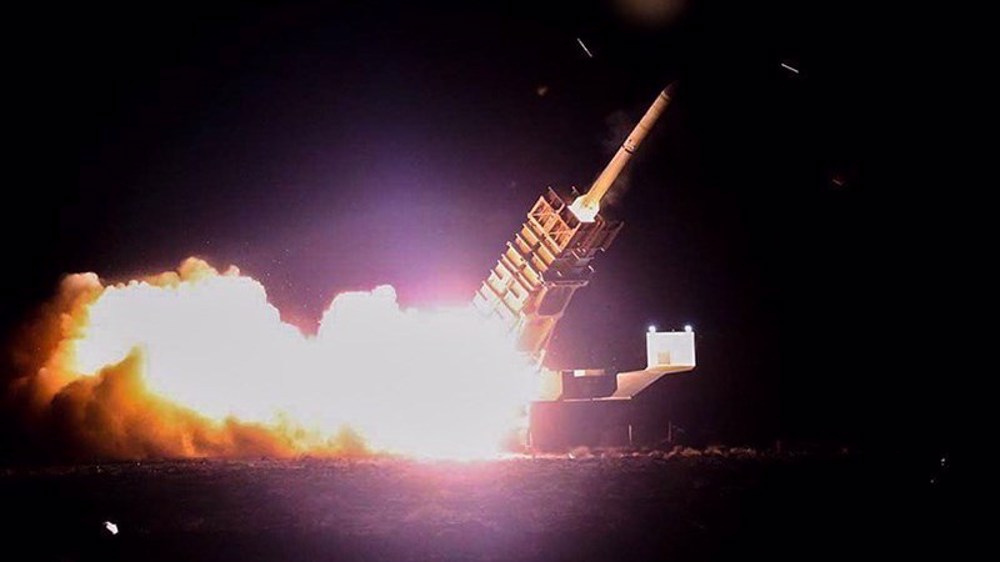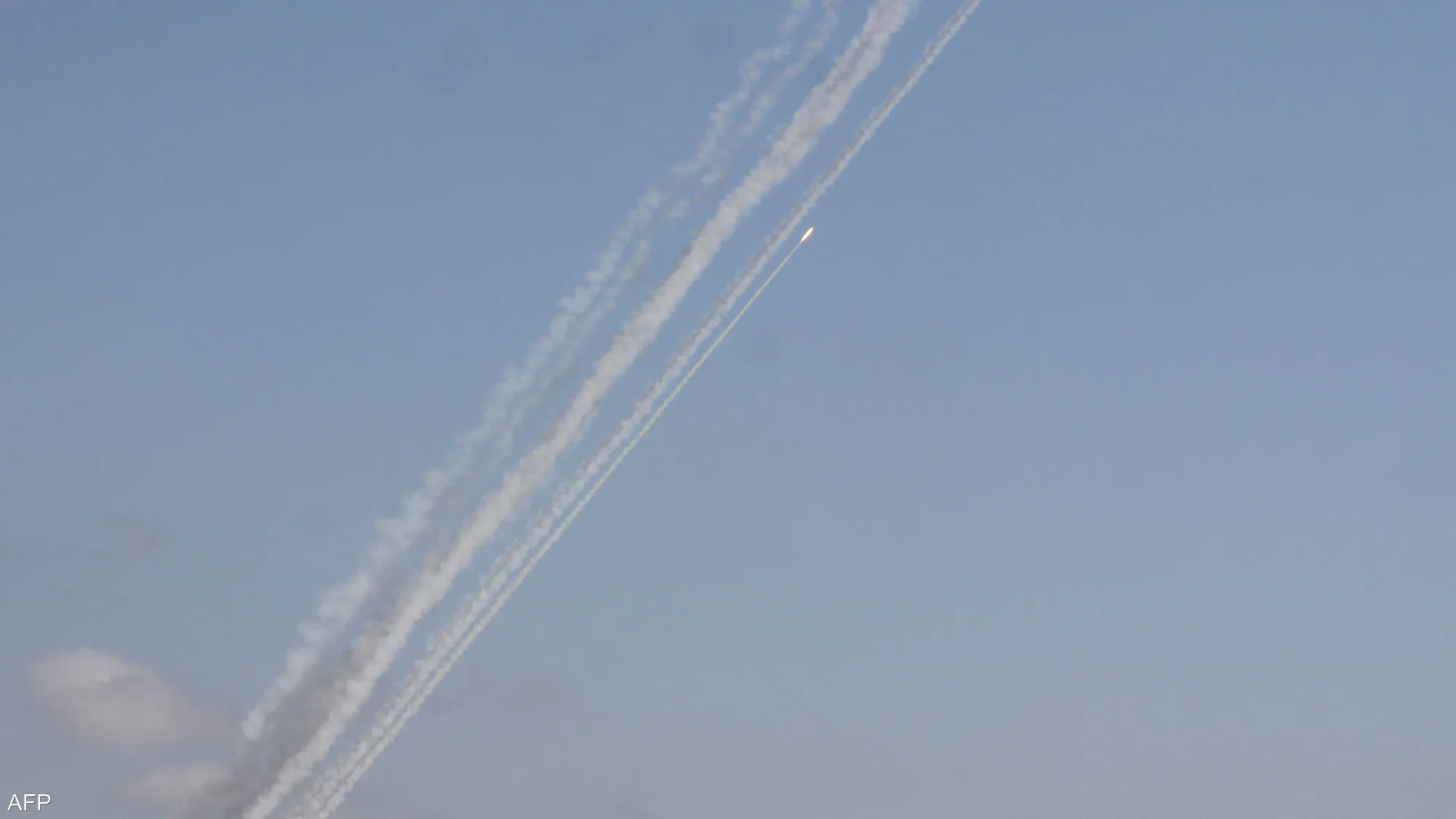Euro-Med Human Rights Monitor documented dozens of deliberate killings and new field executions carried out by Israeli occupation forces against numerous civilians in northern Gaza.
These actions are part of the ongoing escalation and the broader framework of genocide perpetrated against Palestinians for over 13 months.
For the past 43 days, the Israeli army has been conducting its third incursion and military offensive against northern Gaza and its residents, committing heinous atrocities. These include killing and terrorising civilians, forcibly evicting them from their homes, and displacing them outside northern Gaza province. This constitutes one of the largest cases of forced displacement in modern history.
Bombing homes to…
Among the numerous atrocities committed by Israeli forces—ranging from bombing homes with residents inside, to mass killings of displaced civilians in shelters, and the targeting of gatherings and vehicles—Euro-Med Monitor’s field team documented harrowing incidents of direct killings and extrajudicial executions of civilians by Israeli soldiers, carried out with no justification whatsoever.
Euro-Med Monitor’s field team documented the killing of Khaled Mustafa Ismail Al-Shafai (58) and his eldest son Ibrahim (21) by Israeli forces. They were shot inside their home in Beit Lahia in front of their family on Wednesday, 13 November 2024.
Tamam Abdel Maqadmeh (61), a resident of Beit Lahia, shared the harrowing details of the crime with the Euro-Med Monitor team.
Beside one of the victims, there was a bag of flour. It seems he had successfully retrieved it from his home, but the Israeli army shot him as he was returning to the shelter
An eyewitness in northern Gaza
“Conditions worsened in Al-Shemaa Street, Beit Lahia, due to heavy artillery and aerial bombardment. As a result, we moved from our home near Al-Shemaa Clinic to the Abbas Kilani area in the middle of Al-Shemaa Street. I went to my sister’s house, who is married to a member of the Omar family, as did my sister Haifa, her husband Khaled Al-Shafai, and their nine children. We gathered in the two-story house; my sister married to the Al-Shafai family, her husband, and children stayed on the ground floor, while I stayed with my family and my sister married to the Omar family on the first floor,” Maqadmeh recounted.
“On Wednesday, Israeli occupation forces began advancing into the area where we were sheltering. We stayed trapped in the house, and less than two hours later, the forces blew open the door and stormed the building. I stayed upstairs with my family, while my sister Haifa, her husband Khaled Mustafa Ismail Al-Shafai (58), and their children remained on the ground floor. We heard gunfire but were too afraid to look and stayed huddled together in a single room upstairs. Within minutes, the soldiers entered and ordered us to evacuate quickly towards the eastern area near Beit Lahia Stadium and Abu Tammam School.”
Maqadmeh continued: “When we descended to the ground floor, I found my brother-in-law Khaled lying dead with two gunshots to his abdomen, blood streaming from him. His eldest son, Ibrahim (21), had been shot in the head. I stood in shock for moments before a soldier threatened me to move or be shot. We were about 26 people in total. My sister Hiyafa was collapsed over her husband and son, begging to say goodbye to them, but the 12 soldiers present refused. We tried to pull her away as she kept saying, ‘They executed them in front of me. We rushed out of the house as a quadcopter drone hovered above us, with approximately 15 soldiers stationed around the house. My sister kept repeating, ‘They executed them in front of me.’ On our way out, my sister recounted that as soon as the soldiers blew open the door and stormed in, they immediately shot her husband and son while they stood at the side of the room. They killed them without them moving a muscle.”
The wife of the victim said: “They ordered us to leave quickly. I tried to pull my husband and son, but they refused to let anyone near them, threatening us with guns to leave. This happened in front of the small children—four boys and four girls—who witnessed their father and brother executed before their eyes.”
The Euro-Med Monitor team noted that Haifa and her children continue to suffer from severe psychological trauma, with Haifa refusing to speak to anyone.
At the time of documenting this testimony, the bodies of the man and his son remain at the site of their execution, as the family and rescue teams have been unable to retrieve them.
Thousands of other Palestinians trapped in northern Gaza suffer from hunger and fear.
Those injured are often unable to receive treatment or even be transported to medical facilities, leading many to die slowly due to the lack of life-saving medical care.
Euro-Med Monitor documented dozens of victims who perished under the rubble after their homes were bombed, as Israeli forces have prevented humanitarian teams from working for 25 consecutive days.
A.J. (54 years old) – whose name Euro-Med Monitor has withheld for his safety as he remains in a high-risk area – provided testimony about the siege, starvation tactics, and field executions carried out by the Israeli military in Beit Lahia: “For the past 10 days, Beit Lahia has been under an extensive Israeli campaign, forcing people from their homes into specific gathering points designated by the military. The Israeli army raids homes, detains some residents, and orders others to move to the eastern part of the town near Abu Tammam School. Currently, the residents of Beit Lahia are concentrated in three adjacent shelters near the Beit Lahia Municipal Stadium: Abu Tammam School, Beit Lahia Preparatory School, and Beit Lahia Secondary School,” he said.
“I sleep in the entrance of Abu Tammam School because of overcrowding in the shelter. My wife, who was seriously injured earlier, suffers from a severe deterioration in her condition. She is bedridden but is forced to lie on the floor due to the lack of a bed, despite her dire need for one as she is paralyzed. Any resident attempting to return to their home to sleep is targeted; their house is bombed, and artillery shells are fired to force them out. Currently, there is no food available for the approximately 5,000 people sheltering in the three locations. To secure food, displaced people risk venturing out to their homes to retrieve any remaining supplies. Dozens who attempted to do so have not returned, as they were executed in the streets.”
Euro-Med Monitor also highlighted the testimony of a Palestinian from the Hamouda family who managed to reach his home near the western roundabout and retrieve a bag of flour. On his way back, he recounted: “While returning, I saw dogs mauling the corpses of five young men lying on the roadside—people I knew from the Zayed and Rajab families”
He added: “Beside one of the victims, there was a bag of flour. It seems he had successfully retrieved it from his home, but the Israeli army shot him as he was returning to the shelter. The food situation in the three shelters is extremely dire. Any food we manage to secure from nearby homes is distributed primarily to children, followed by the elderly in smaller portions. Young adults receive, at best, a single loaf of bread per day.”
Euro-Med Human Rights Monitor reaffirms that the international community’s reluctance to take decisive action against Israel’s massacres in the Gaza Strip, particularly in northern Gaza, makes it complicit in these crimes and grants Israel a green light to escalate its genocide. This also reflects a shocking disregard for the lives and dignity of Palestinians.
The international system, including the International Criminal Court, the European Union, and various United Nations bodies, has collectively failed to achieve the fundamental goals and principles upon which they were founded.
Over the past 13 months, they have demonstrated a disgraceful failure to protect civilians and halt the genocide Israel is perpetrating against Palestinians in Gaza, a duty that lies at the core of their mission and existence.
Euro-Med Human Rights Monitor calls on the United Nations and the international community to immediately intervene to save hundreds of thousands of residents in northern Gaza, stop Israel’s ongoing genocide for the second consecutive year, impose a comprehensive arms embargo on Israel, hold it accountable for all its crimes, and take all practical measures to protect Palestinian civilians in the strip.
Euro-Med Human Rights Monitor

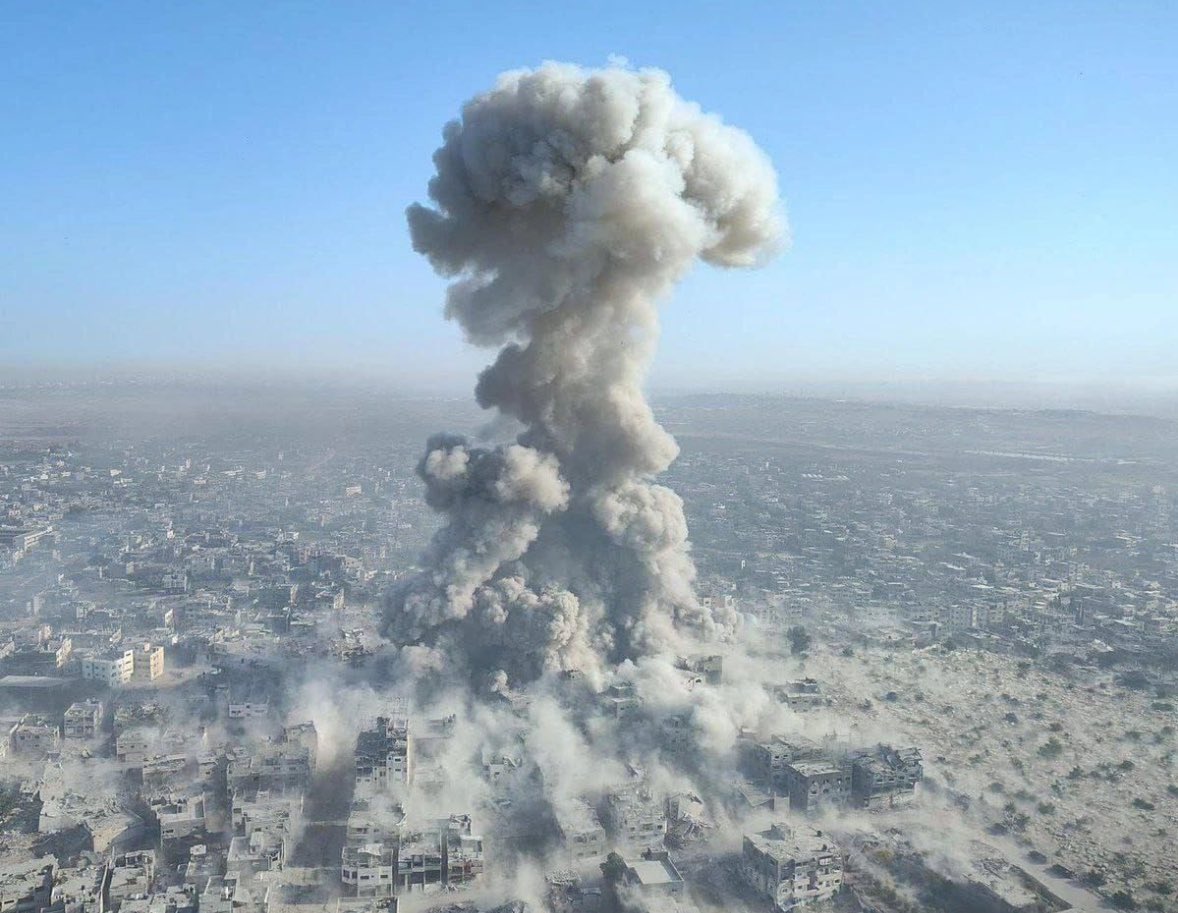
 Photos show damage inflicted on properties after the Hezbollah missile attack across occupied
Photos show damage inflicted on properties after the Hezbollah missile attack across occupied  Red alerts: 401 (314 rocket alerts, 87 UAV alerts) in 11 regions.
Red alerts: 401 (314 rocket alerts, 87 UAV alerts) in 11 regions. Confrontation Line — Shlomi (×5), Shomera (×6), Shtula (×4), Tel Hai, Kiryat Shmona (×7), Margaliot (×2), Kibutz Dan, Beit…
Confrontation Line — Shlomi (×5), Shomera (×6), Shtula (×4), Tel Hai, Kiryat Shmona (×7), Margaliot (×2), Kibutz Dan, Beit… 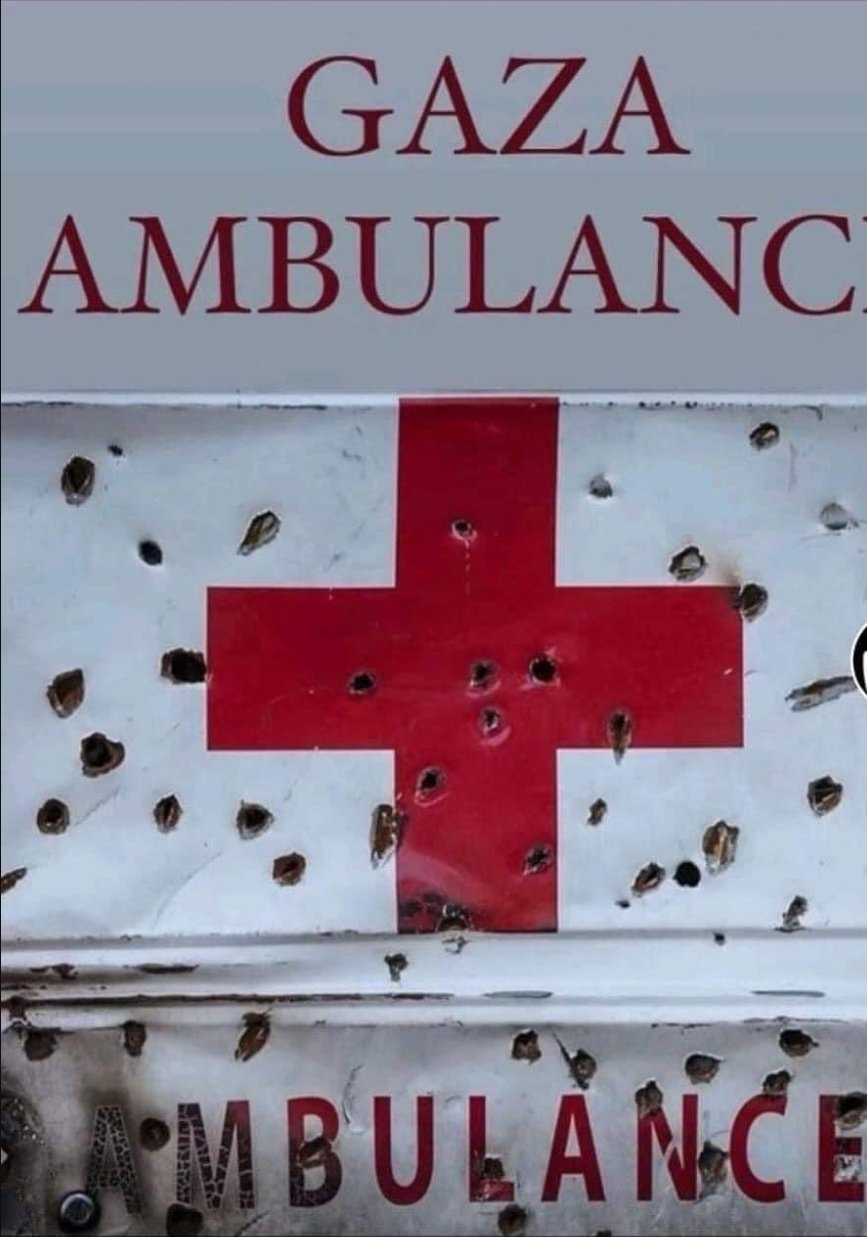
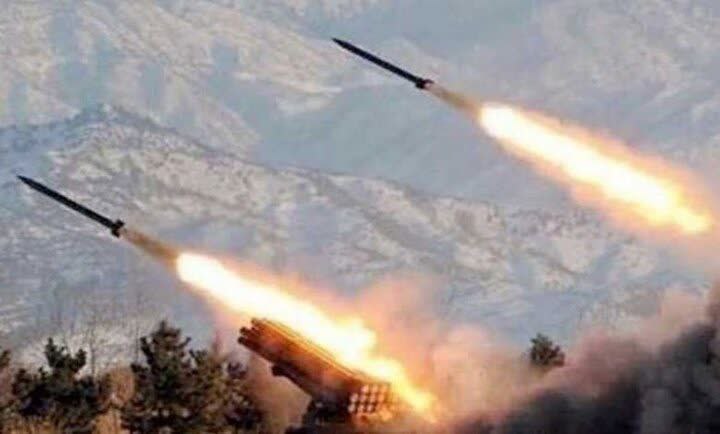


 Hezbollah published scenes from the targeting of an Israeli military bulldozer near the border wall in the town of Kfar Kila on the southern Lebanese border.
Hezbollah published scenes from the targeting of an Israeli military bulldozer near the border wall in the town of Kfar Kila on the southern Lebanese border. 